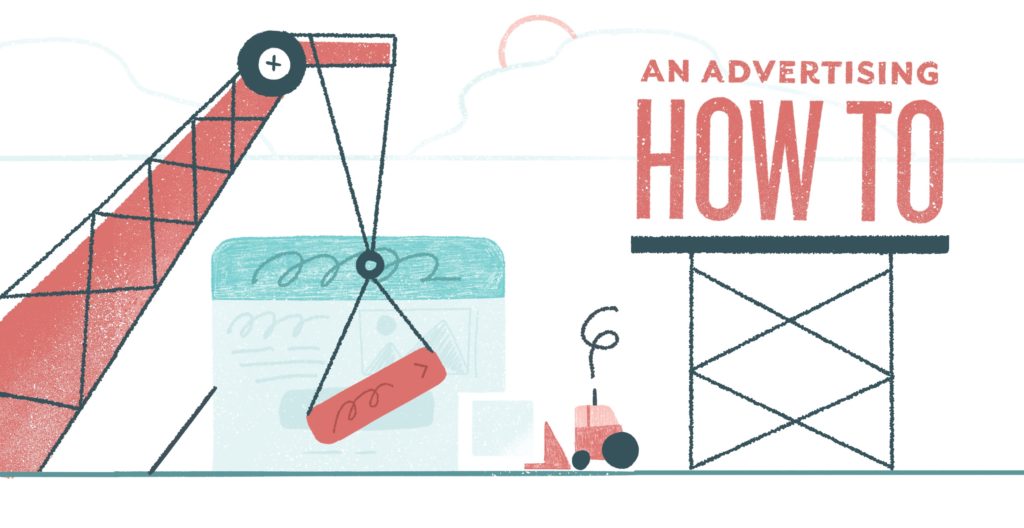An Advertising ‘How-to’ with Hey Whipple, Squeeze This

If you haven’t read “Hey Whipple, Squeeze This” by Luke Sullivan and Edward Boches, stop what you’re doing and head over to Amazon.com to Prime this book to your door because you are missing out. This book is an advertisers dream guide full of examples and how-to advice. Whether you’re selling a product, an idea or yourself, knowing how to persuasively communicate to your audience through text, images or digital media is key.
If you don’t have time to read the book, here are my top five key takeaways — but do yourself a favor and read the book because there’s a lot more.
People Want Authenticity
Whenever you get the chance to hear what your clients are saying, take it. Authentic brands take the time to get to know their clients and put the clients’ needs, passions and interests first. On the other hand, transparency (to a degree) also builds trust between a brand and client. Admitting some kind of human weakness might sound counterintuitive, but it can be an effective way to establish authenticity and realness.
Keep It Simple
“Every element you add to a layout reduces the importance of all the other elements. And conversely, every item you subtract raises the visibility and importance of what’s left.” – Luke Sullivan
If you were about to embark on a trip to a destination you’ve never been before, what kind of road map would you prefer — one full of clutter and distractions or one that is organized and easy to navigate? The same idea applies to the journey you curate for your customer within your advertising. The less you put in an ad, the better. It’s easier to remember and, in most cases, is more visually appealing because, just like Sullivan said, every element you add to your layout reduces importance for all the other elements.
Good Writing Takes Time
Good writing doesn’t happen willy-nilly; it’s a process. Here are some tips to reference if you want to improve your writing style:
- Write how you speak. Pretend you are writing a letter, the best copy feels like a conversation, not a speech. A smooth and easy rhythm sounds the most natural.
- Obey the rules of grammar and go easy on the adjectives. Paint a picture for your audience, but don’t overdo it with descriptors.
- Get to the point. Put the most interesting, surprising or most persuasive point in the beginning.
Keep Writing and Don’t Stop
At R&R, we like to call this process “shaking out the ugly.” It’s exactly what it sounds like; you have to shake the bad, iffy and okay ideas out to find that one great one. It’s like anything else you want to become better at — it just takes practice.
Remember, You Aren’t Saving Lives
Advertising isn’t brain surgery. I have to remind myself of this concept almost daily. When you feel stressed out and the walls are closing in and you’re going crazy trying to solve the problem, remember, you’re just creating an ad. Be patient, take a break or work on something else if that idea just isn’t happening at the moment. But, if you’re still feeling stuck, give these ideas a try:
- Move between multiple projects throughout the day. This way you feel more productive accomplishing smaller tasks rather than facing one big one. You may also find ideas come faster when bouncing between projects.
- Don’t burn up energy trying to make one idea happen. Because, face it Gretchen, fetch is never going to happen. (Mean Girls, 2004)
- Ask for help. Have a brainstorm session with coworkers to spark new ideas and shake out the ugly ones.
Does your organization need some advertising or marketing advice? Pick up a copy of “Hey Whipple, Squeeze This” or send us a note! We’re the experts for blending beautiful designs and smart ideas.
*Disclaimer: We are not in any way affiliated with Luke Sullivan, Edward Boches or Hey Whipple, Squeeze This. Just wanted to pass along some of their wit and wisdom.

